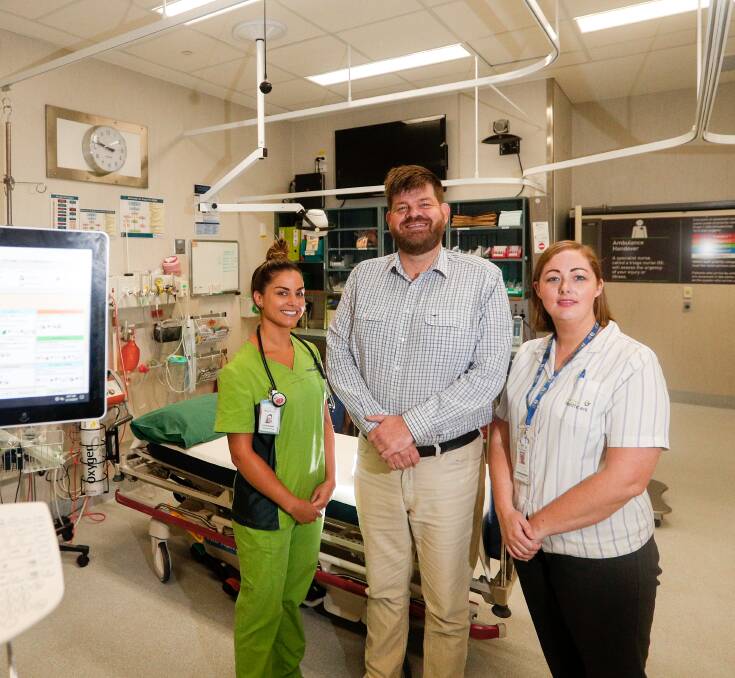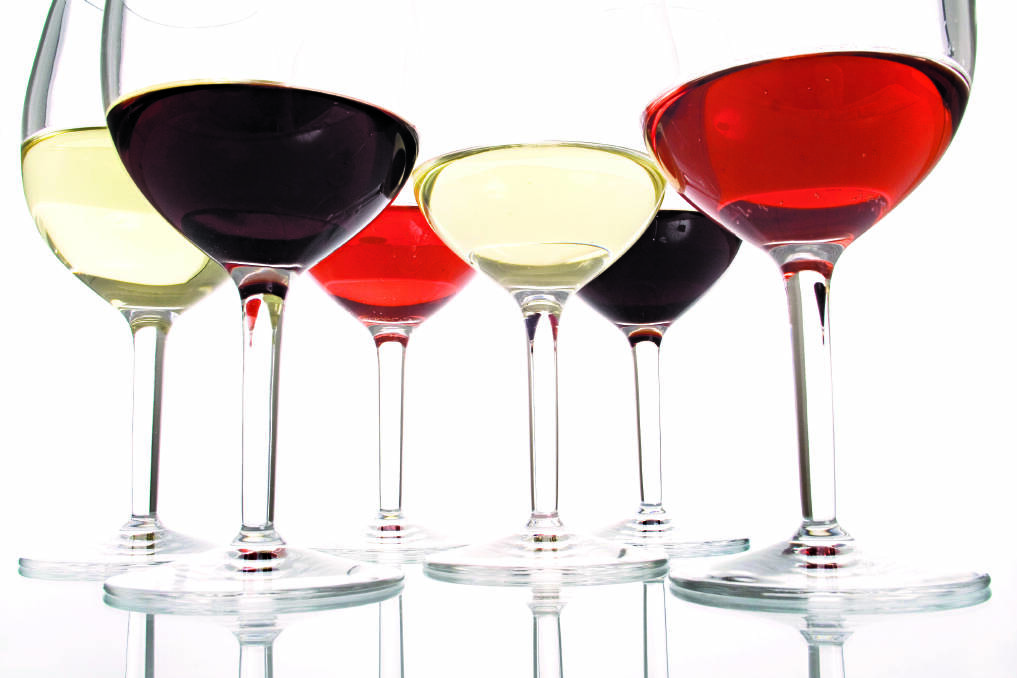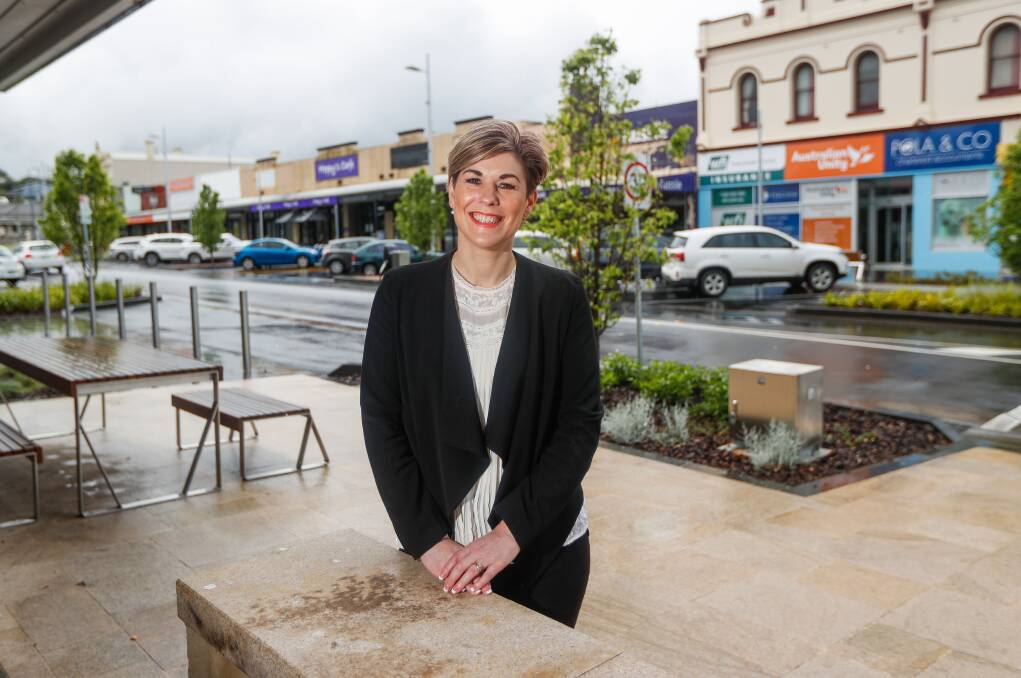
IF you’ve been to Warrnambool’s emergency department over the past few years and you’re over 18, you would have been asked a few simple questions about alcohol consumption.
Subscribe now for unlimited access.
$0/
(min cost $0)
or signup to continue reading
Now that data has been collated and the study has found four out of five people arriving at Warrnambool Base Hospital’s ED with an alcohol-related injury had their last drink at home. By comparison, only one-in-five had their final drinks at a pub, bar or club.
Emergency physician Tim Baker says the finding flies in the face of common perceptions that most drinking happens in public venues.
“There is a misconception that if you are drinking at home you are being safe, but that’s clearly not what the data shows,” Dr Baker said. “People are terrified of snakes and spiders and sharks, but they are hundreds of times more likely to get injured drinking heavily at home than they are going for a swim or a bushwalk.”
As part of the trial, researchers surveyed 23,000 people at the ED and found almost 10 per cent had consumed alcohol in the previous 12 hours.
Of those people, 82 per cent had been drinking at their own or someone else’s home, with alcohol purchased from a bottle shop or supermarket.
These people most commonly turned up with hand, head and eye injuries, dislocated or sprained ankles, chest and abdominal pain, severe agitation and unconsciousness.
As well as the personal injury, Dr Baker said alcohol-related hospital visits took a huge toll on emergency staff.
“Staff are sworn at and yelled at often,” he said. “There have been physical assaults and threats to the point that staff no longer feel safe when they leave the emergency department after a shift.”
He said the predictability of more alcohol-related presentations on a Friday night was frustrating for people working within the profession.
“Hospitals should not be spending so much of their time and resources dealing with alcohol-fuelled injuries and illnesses – things that could easily be avoided,” he said.
“Some of the injuries are devastating. People die, people have permanent disability or intense pain. And then there is the chaos in the family around them, which is not a good thing to be a part of. This shows that more needs to be done to better protect people in Warrnambool against the harms caused by businesses pushing cheap alcohol products into the community.”
Last Drinks Warrnambool is part of the Driving Change trial running in emergency departments across Victoria, NSW and the ACT until 2021.

As part of the project, hospitals gathered information on alcohol-related presentations, including time and location of drinking, injuries and weapons used.
Warrnambool Violence Prevention Board hopes that sharing this information with south-west residents will also show alcohol is not a benign product, but one that results in a range of harms – from injury and cancer through to violent assaults.
A Victorian Population Health Survey in 2017 found the proportion of adults who consume alcohol at an increased lifetime risk of harm was almost 72 per cent, while a Warrnambool City Council study revealed only two per cent of residents named alcohol consumption as the their main health concern. But while rates of alcohol consumption in the region continue to be high, councillor Sue Cassidy said a council survey of 3500 people found Warrnambool residents were looking for healthier social options.
“I think people are getting more clever about it and many are choosing not to drink or are having alcohol-free periods,” Cr Cassidy said. “People are realising that you don’t need to drink at every occasion and that there are other things available that do not involve consuming alcohol products.”
VicHealth’s alcohol and tobacco manager Emma Saleeba said Last Drinks Warrnambool was an important project to raise awareness and community concern about the problems alcohol products caused.
“The sale of alcohol hospitalises nearly 40,000 Victorians every year,” she said.
“More needs to be done to stop the detrimental impact of booze on our communities.”
Extra work adding up
Frustrating, but predictable. That’s how emergency physician Dr Tim Baker describes a typical Friday or Saturday night at Warrnambool Base Hospital.

“Staff know there is going to be a lot of extra work because people have become drunk and hurt themselves,” he said.
The emergency department is at the centre of a major trial unpacking the drinking patterns of residents arriving with alcohol-related illness and injury.
Emergency nurses spend extra time with each patient to find out such details as where and when they’ve been drinking, how they were injured, weapons involved or if their injury is the result of someone else’s drinking.
Last Drinks Warrnambool is based on the award-winning Cardiff model, which operates in more than 80 per cent of UK emergency departments.
Dr Baker said accidents and injuries were inevitable in an area with so many outdoor activity options, but adding intoxication to the mix was a bad idea.
Cr Sue Cassidy said the council was increasing the number of alcohol-free public events and starting young with education about alcohol harm.
She said one of the main challenges was getting the message out that drinking alcohol did not have to go hand-in-hand with good times.
“We know that adults in our region face a higher lifetime risk of alcohol harm than the state average, yet only two per cent of locals see alcohol consumption as their main health concern,” she said.
“If people want to be part of a healthier community – and the Warrnambool 2040 Community Plan shows that they do – then we need to help them understand the role that alcohol products have in achieving that.”


